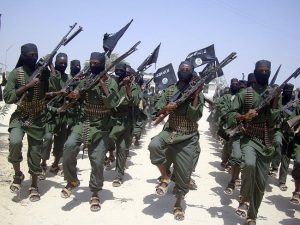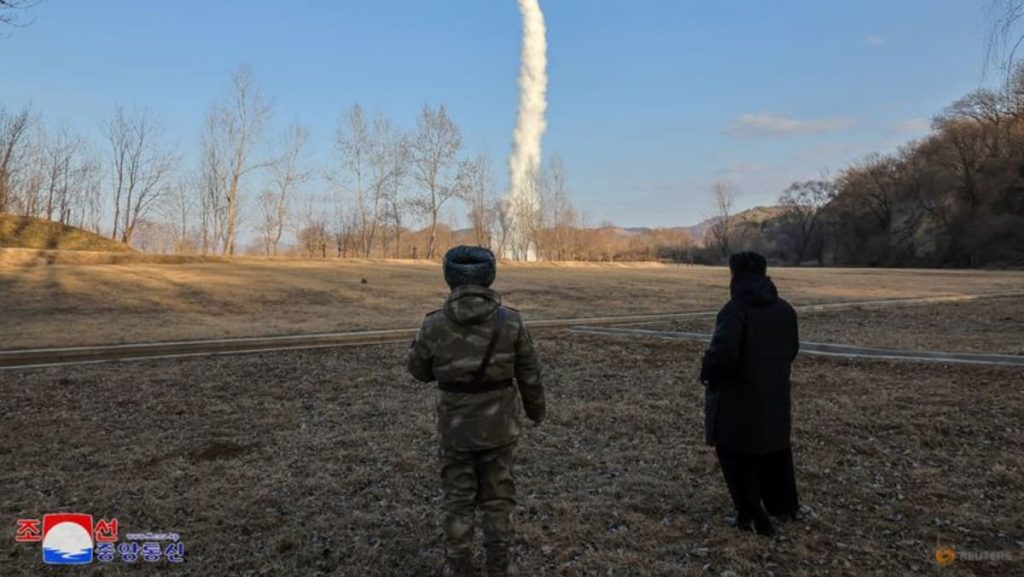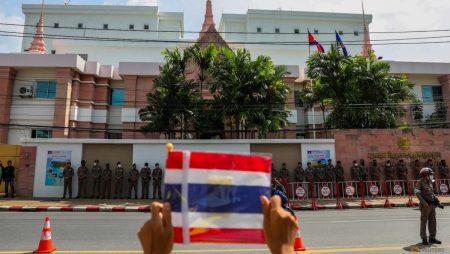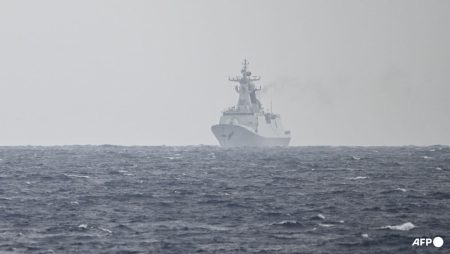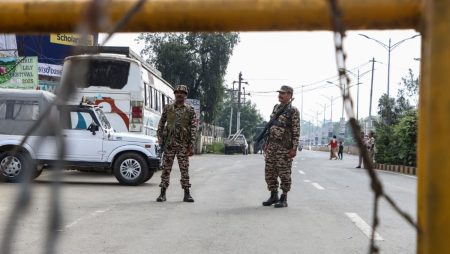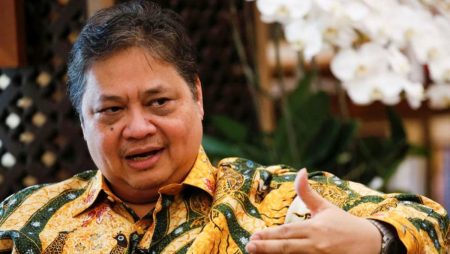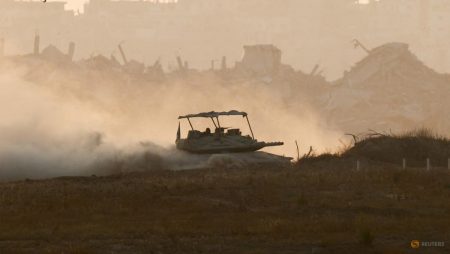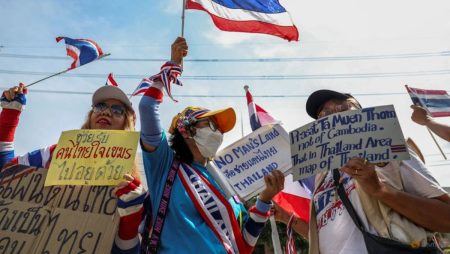North Korea’s Strategic Cruise Missile Test and Heightened Tensions
On Sunday, January 25th, 2025, North Korea’s state-run Korean Central News Agency (KCNA) announced the successful test-firing of a "strategic cruise missile," overseen by leader Kim Jong Un. The report emphasized the significance of the test, describing the missile as an "important weapon system." According to KCNA, the underwater-to-surface missiles travelled 1,500km, remaining airborne for approximately two hours before accurately striking their designated targets. This test underscores North Korea’s ongoing efforts to enhance its military capabilities and reinforces its commitment to bolstering its defense posture. While North Korea portrays the test as a defensive measure in response to regional security dynamics, it has inevitably escalated tensions with South Korea and the United States, further complicating the already precarious geopolitical landscape of the Korean Peninsula.
North Korea’s Foreign Ministry Condemns US Policy and Military Drills
Coupled with the missile test announcement, North Korea’s foreign ministry issued a strongly worded statement condemning the United States and its alliance with South Korea. The ministry accused Washington of undermining Pyongyang’s sovereignty and vowed a "toughest counteraction" against any perceived threats. The statement pointedly criticized joint military drills conducted by the US and South Korea, labeling them as the primary catalyst for escalating regional tensions. This rhetoric reflects North Korea’s longstanding grievances against the US military presence in the region and its deep suspicion of joint military exercises, which it views as rehearsals for an invasion. The timing of the statement, coinciding with the cruise missile test, sends a clear message of defiance and underscores Pyongyang’s resolve to pursue its military objectives despite international pressure.
Underlying Tensions and the Call for Dialogue
These recent developments follow former US President Donald Trump’s expressed desire to re-engage with Kim Jong Un, harkening back to their previous interactions during Trump’s first term. While the context of this proposed outreach remains unclear, it highlights the complex and often unpredictable nature of US-North Korea relations. Kim Jong Un’s emphasis on strengthening North Korea’s military capabilities, ostensibly to maintain "sustainable and lasting peace," adds another layer of complexity to the situation. This statement, while seemingly aimed at promoting stability, can be interpreted as a veiled threat and a justification for continued military advancements. The interplay of these factors—the missile test, the condemnatory statement, and Trump’s overture—creates a volatile mix that demands careful diplomatic maneuvering to avoid further escalation.
Analysis of the Cruise Missile Test and its Implications
The strategic implications of this cruise missile test are multifaceted. First, it demonstrates North Korea’s continued progress in developing sophisticated missile technology, specifically its capability to launch missiles from underwater platforms. This poses a significant challenge to defense systems, as underwater launches are more difficult to detect and intercept. Second, the reported range of 1,500km highlights the potential threat to regional stability. This range places a significant portion of South Korea and Japan, as well as US military bases in the region, within striking distance. Third, the timing of the test, coinciding with the foreign ministry’s strong rebuke of US policy, suggests a calculated attempt to exert pressure on the international community and demonstrate North Korea’s military prowess.
South Korea’s Response and Regional Concerns
South Korea’s Joint Chiefs of Staff confirmed North Korea’s missile launches, reporting multiple cruise missiles fired from inland areas towards waters off the west coast. This corroboration adds further weight to North Korea’s claims and underscores the real and immediate threat posed by these tests. The South Korean military’s vigilance and its coordination with the US in monitoring North Korean activities are crucial components of regional security efforts. The international community’s response to this latest provocation will be critical in shaping the future trajectory of the Korean Peninsula’s security landscape.
North Korea’s Ongoing Military Developments
The cruise missile test follows another significant military development earlier in January: the reported successful test of a new hypersonic ballistic missile. These successive tests indicate a concerted effort by North Korea to rapidly advance its missile program and diversify its arsenal. The hypersonic missile test, in particular, raised considerable concern due to the weapon’s maneuverability and speed, making it extremely difficult to intercept with existing defense systems. These continued advancements underscore the urgency of finding a diplomatic solution to the North Korean nuclear issue. The combination of cruise missile and hypersonic missile technologies presents a growing threat to regional stability and adds to the complexity of denuclearization negotiations.


